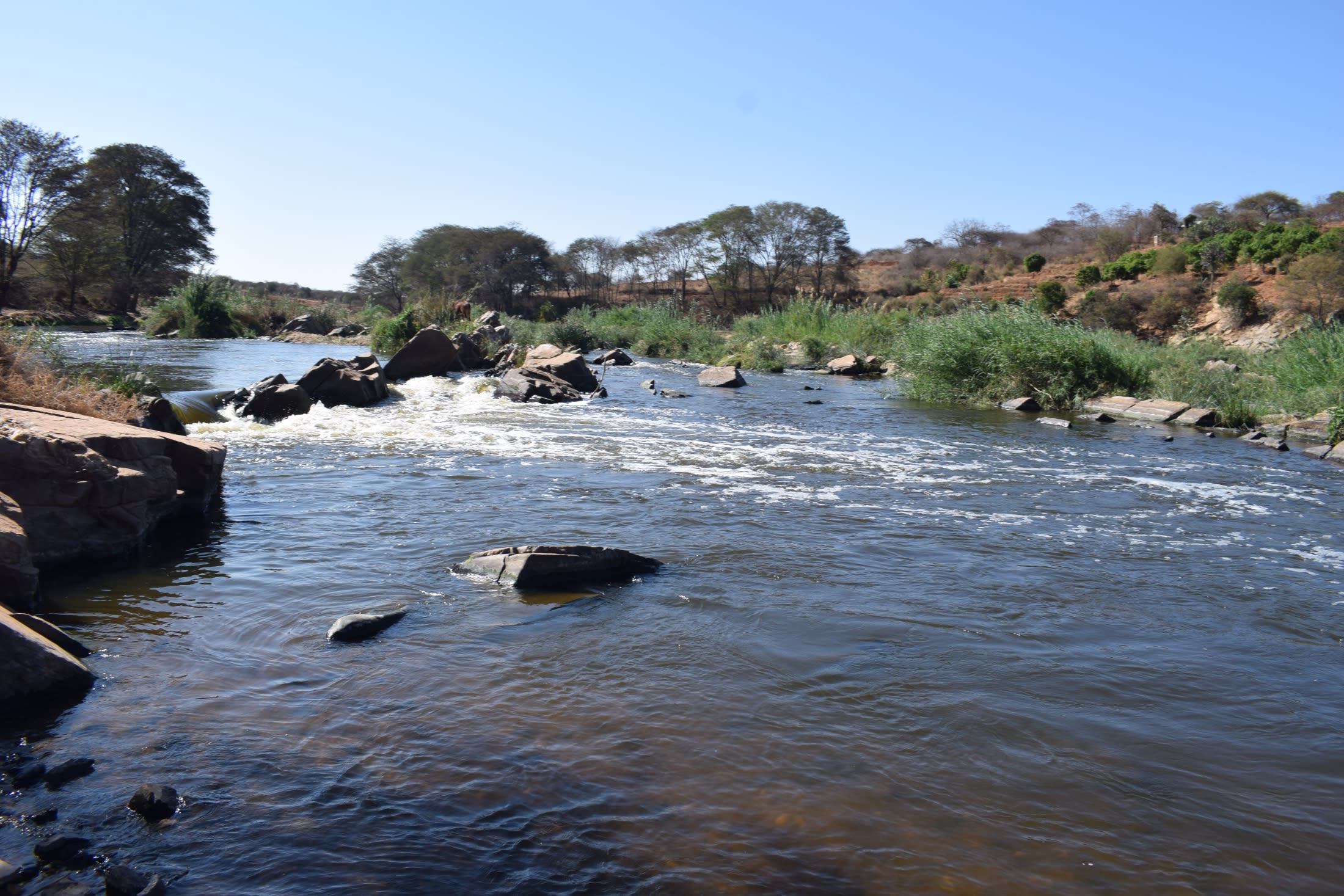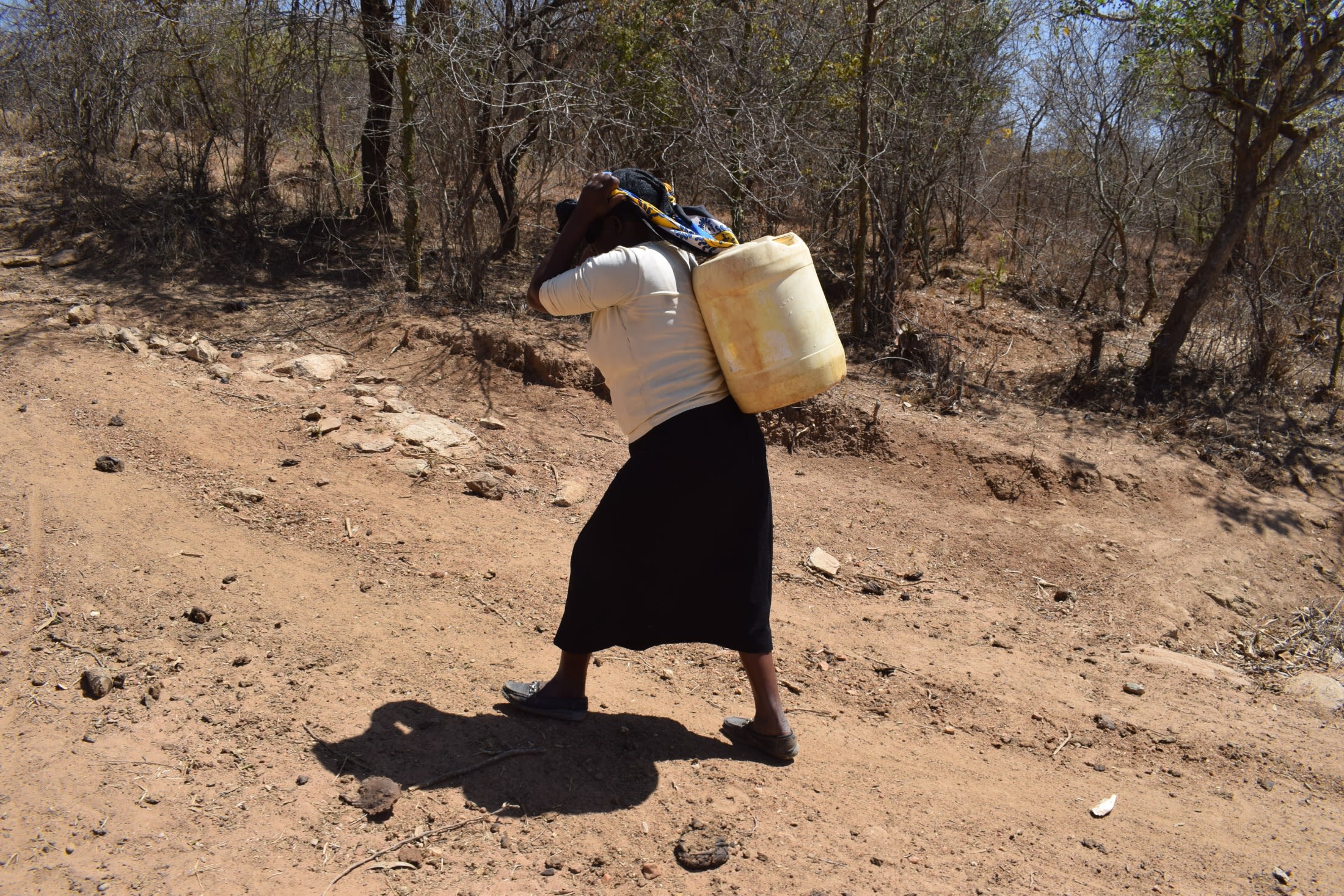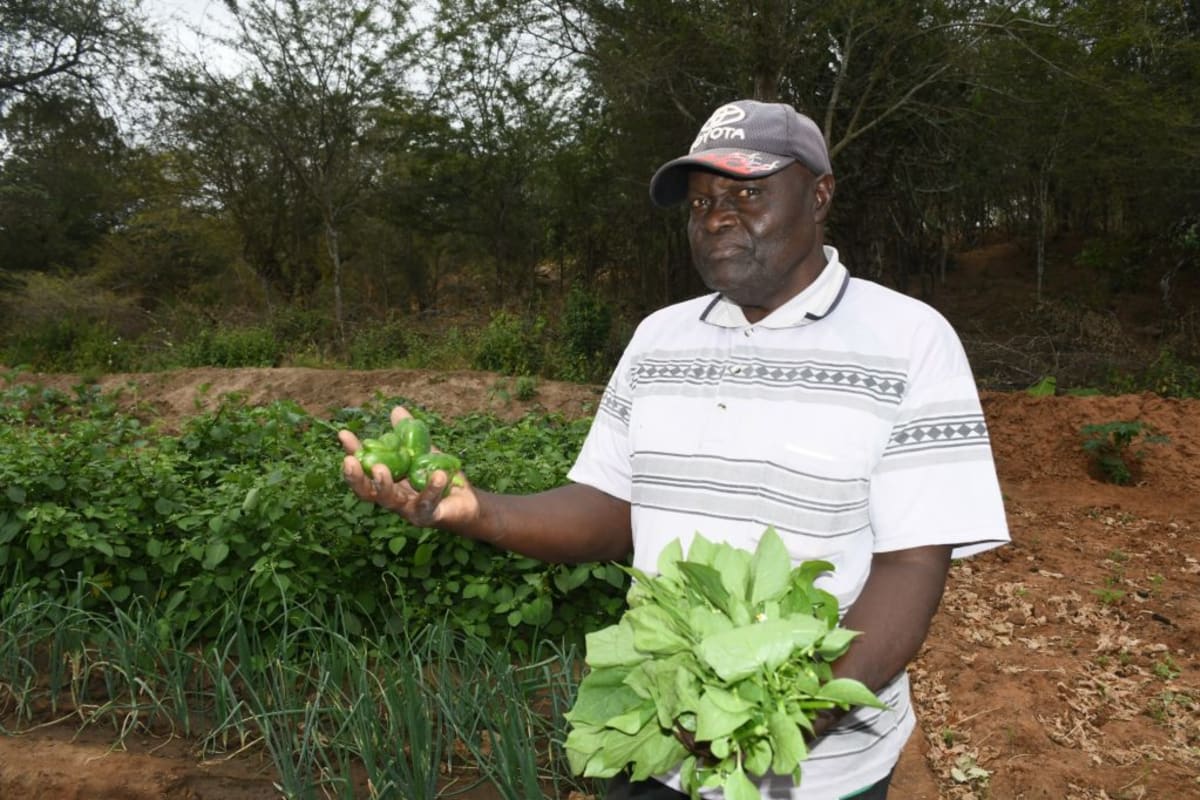The biggest challenge in southeastern Kenya has always been the seasonal rivers, which only flow for a limited time each year. The 440 people in the community of Katothya are struggling to find the water they need to meet their daily needs without using all of their time and energy.
Community members rise as early as 6 a.m. to trek to the faraway Athi River to fetch water so they can beat the scorching sun, which gets hotter and hotter as the day passes. Fetching water from the Athi River is a full-day activity since it is so far away, which puts any other activities on hold. The only other alternative is to travel more than 10km (6.2 miles) to the nearest sand dam and well, a journey that most cannot afford to make.

Some community members who live nearer to the river can go up to three times a day to collect water. In contrast, those from afar have a journey of two hours one way and can only go once. The distance is too time-consuming. It exhausts them and their donkeys, who help with the journey.

To reach the area, individuals must pass through deep forests, which are habitats for fierce and poisonous animals, and that is not the only risk, since they must be careful of crocodiles once they get to the river.
"I find it hard to walk to the river every time I plan to. It is a very tedious journey and a risky one too. I am so much affected by the water scarcity in this area I cannot do anything else after visiting the river. Sometimes my legs are swollen as the journey is not a short one," said Damaris Mwanzau, a 52-year-old farmer.
Water from the river is not safe to drink because of contamination. Community members contract waterborne diseases from drinking the water, and experience skin rashes whenever they bathe with it.
"The situation of water scarcity here is wanting. At our home, the sanitation level is not as good as we expect it to be, and our clothes are barely washed. Sometimes we miss our mother when she leaves to fetch water at the river. We have to wait for her until she comes back to make a meal for us. Although every time she has to go to the river, she comes back very worn out, I find myself pitying her," said 11-year-old Matata M.
Farming is a challenge because of the distance to the water point, so individuals only grow crops that rely on the rainfall experienced twice a year. Usually, the yield is not sufficient enough for commercial sale, but only enough to provide just what a family needs.
A sand dam built at the nearby Katothya River will make collecting water much easier and less labor-intensive for community members.
What we can do:
Our main entry point into the community is the Katothya Self-Help Group, which is comprised of households that are working together to address water and food scarcity in their region. These members will be our hands and feet in both constructing water projects and spreading the message of good hygiene and sanitation to everyone.
Sand Dam
After the community picked the ideal spot, our technical team went in and proved the viability by finding a good foundation of bedrock. Now, our engineers are busy drawing up the blueprints.
We are unified with this community to address the water shortage. As more sand dams are built, the environment will continue to transform. As the sand dams mature and build up more sand, the water tables will rise. Along with this sand dam, a hand-dug well will be installed to give community members an easy, safe way to access that water.
Building this sand dam along with the well in this community will help bring clean water closer to hundreds of people living here.
Training
These community members currently do their best to practice good hygiene and sanitation, but their severe lack of water has been a big hindrance to reaching their fullest potential.
We will hold hygiene and sanitation training sessions with the Katothya Self-Help Group and other community members to teach about important hygiene practices and daily habits to establish at the personal, household, and community level. This training will help to ensure that participants have the knowledge they need to make the most out of their new water point as soon as water is flowing.
One of the most important topics we plan to cover is the handling, storage, and treatment of water. Having a clean water source will be extremely helpful, but it is useless if water gets contaminated by the time it is consumed. We will also emphasize the importance of handwashing.
We and the community strongly believe that all of these components will work together to improve living standards here, which will help to unlock the potential for these community members to live better, healthier lives.
We typically work with self-help groups for 3 to 5 years on multiple water projects. We will conduct follow-up visits and refresher trainings during this period and remain in contact with the group after all of the projects are completed to support their efforts to improve sanitation and hygiene.

 Sand Dam
Sand Dam
 Rehabilitation Project
Rehabilitation Project































